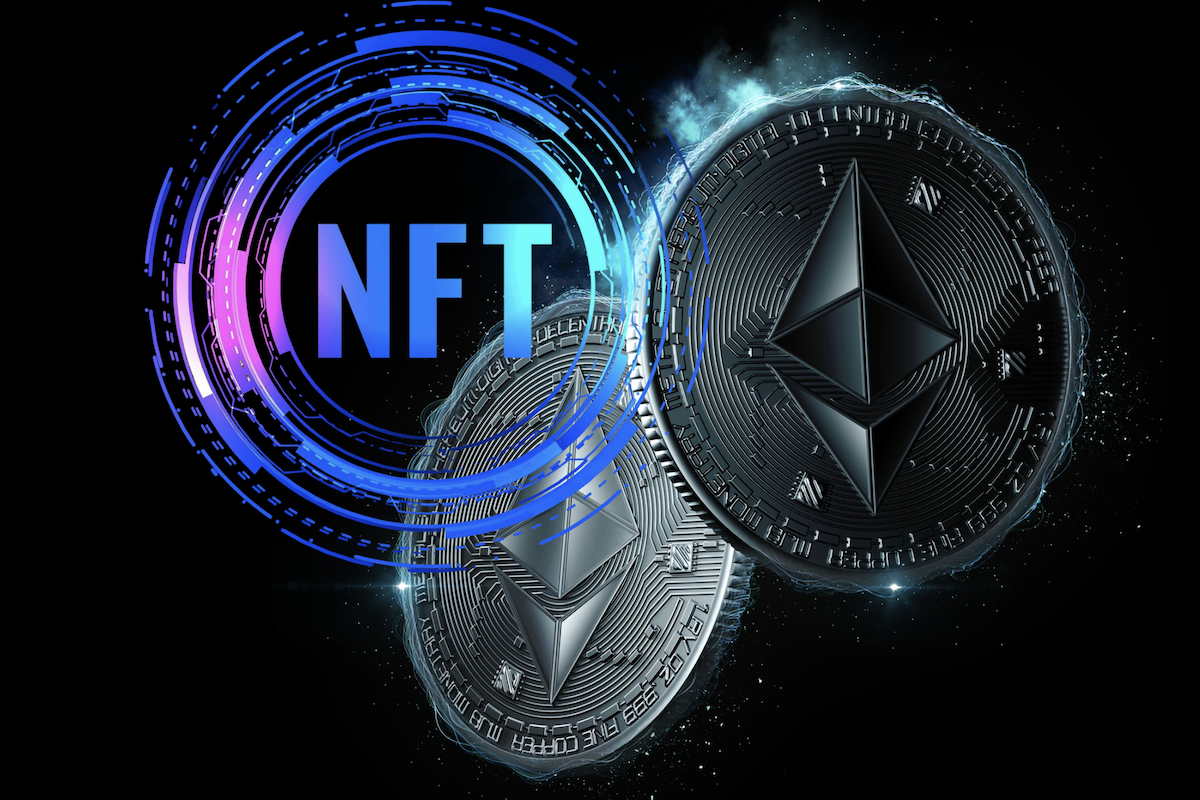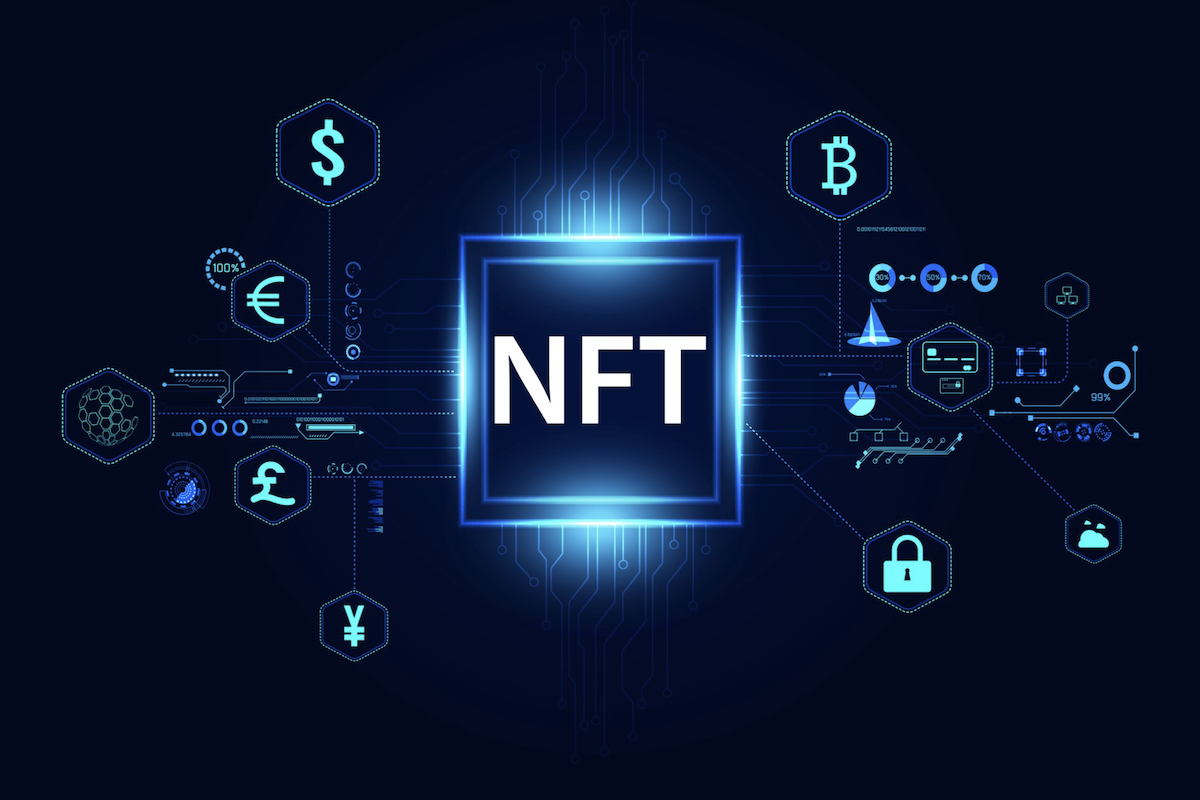Defunct file sharing platform, Limewire to return as NFT marketplace
LimeWire is back, and this time it plans to serve as an NFT marketplace that helps creators and musicians gain more control of their work
LimeWire was a controversial peer-to-peer file sharing platform that had a considerable amount of success before shutting down; it’s now geared to return as an NFT marketplace
LimeWire: A decade of controversy
LimeWire was released on 3 May 2000 as a free peer-to-peer service for Linux, OS X, Solaris, and Windows. During its operations, it used the BitTorrent protocol and the Gnutella network. LimeWire was written in the Java programming language, and any computer with a Java Virtual Machine could install this software that enabled seamless file sharing.
LimeWire helped redefine file sharing, and although it was created with the right intentions, this platform quickly became a hotbed for content piracy as users shared songs, videos, movies, and other forms of digital art without authorization.
The Recording Industry Association of America (RIAA) quickly considered LimeWire as the music industry’s number one enemy. Over a few years, a lengthy legal battle ensued between the RIAA and LimeWire over allegations of music piracy, and the prolonged battle came to a head in 2010.
On 12 May 2010, the United States District Court for the Southern District of New York’s Judge Kimba Wood ruled that LimeWire had induced others to engage in copyright infringement, engaged in unfair competition, and committed copyright infringement,
In 2011, the RIAA sued LimeWire for statutory damages claiming $72 trillion in damages; LimeWire settled 13 record labels through the RIAA $105 million in an out-of-court settlement in May of that year.
LimeWire Returns: NFT Marketplace
After over a decade of silence, LimeWire is back, and this time it plans to serve as an NFT marketplace that helps creators and musicians gain more control of their work. Some might say it’s ironic that a company the music industry once chastised and blamed for slowing record sales is returning to help stem the tide of intellectual property theft.
LimeWire plans to partner with musicians and the general music industry to make pre-release music, artworks like album and single covers, unreleased demos, backstage content, digital merchandise, and more available to fans through its platform.
LimeWire currently has a team spread across Europe in the UK, Germany, and Austria, and it is still growing and onboarding new team members. With a plan to launch in May 2022, LimeWire aims to get at least a million users in its first 12 months, and it plans to disburse 90% of revenue to artists.
Is LimeWire jumping on the NFT bandwagon?
One question that is bound to get asked a lot after LimeWire’s announcement is, are they jumping on the NFT bandwagon, or are they interested in helping artists expand their horizons?
According to Julian Zehetmayr, one of LimeWire’s co-CEOs, “LimeWire kind of laid the foundation for music streaming ... it’s a piece of internet legacy, and we are thankful that we can turn it around as something for the music industry.” It’ll be interesting to see how LimeWire approaches its planned Q2 launch, but one thing is for sure, the entire industry is paying attention.





